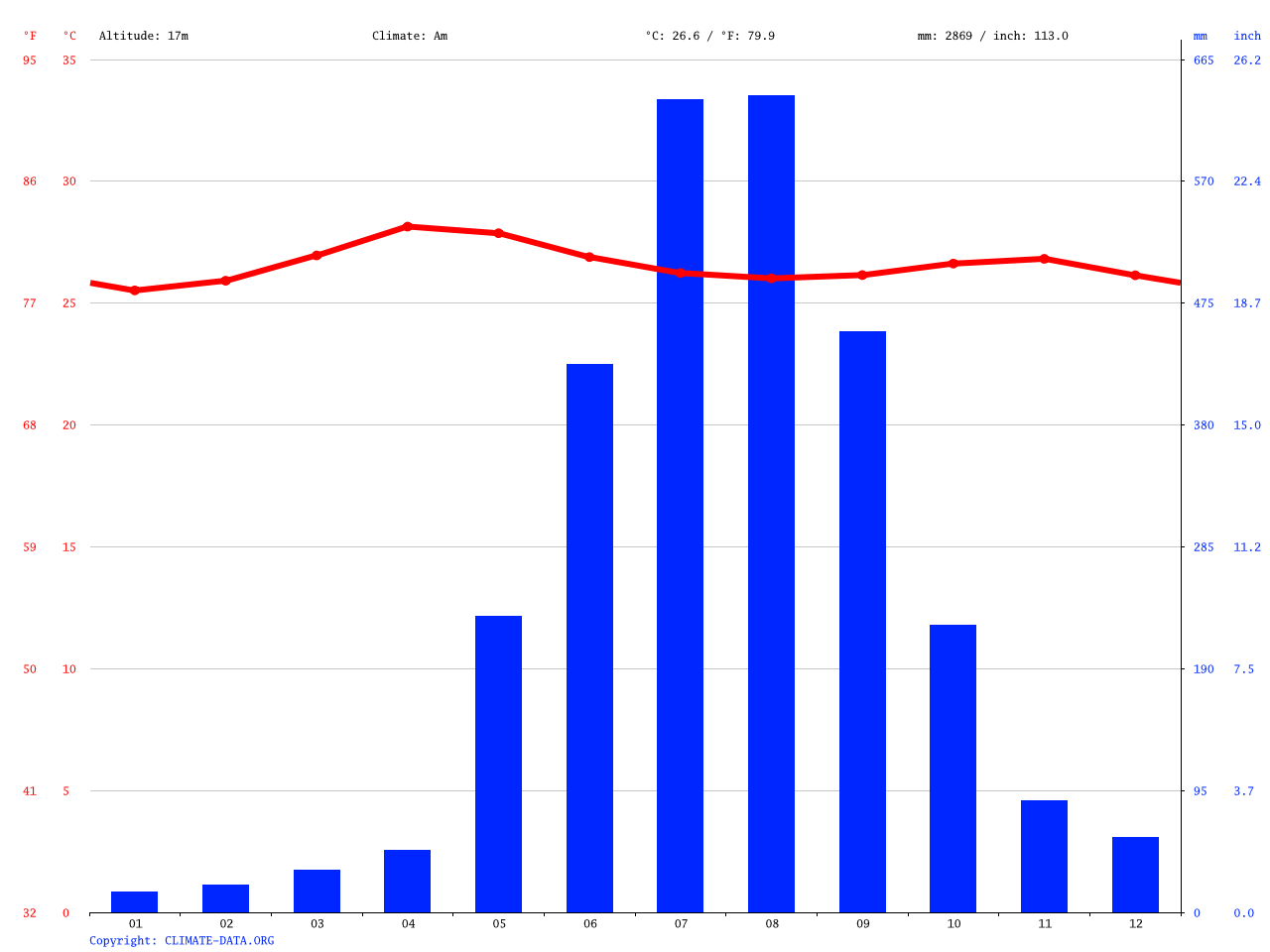

“It’s time for global leaders to start telling the truth,” said Weaver, a professor at the School of Earth and Ocean Sciences at the University of Victoria in Canada. He expressed concern that the public will just forget the issue when temperatures fall again. Usually an El Nino, which started earlier this year, adds extra heat to global temperatures but more so in its second year.Ĭlimatologist Andrew Weaver said the numbers announced by WMO and Copernicus come as no surprise, bemoaning how governments have not appeared to take the issue of global warming seriously enough. Scientists blame ever warming human-caused climate change from the burning of coal, oil and natural gas with an extra push from a natural El Nino, which is a temporary warming of parts of the Pacific Ocean that changes weather worldwide. So far, 2023 is the second hottest year on record, behind 2016, according to Copernicus. “The dog days of summer are not just barking, they are biting,” United Nations Secretary-General Antonio Guterres said in a statement. The world’s oceans - more than 70 percent of the Earth’s surface - were the hottest ever recorded, nearly 21 C (69.8 F), and have set high temperature marks for three consecutive months, the WMO and Copernicus said. That is the threshold that the world is trying not to pass, though scientists are more concerned about rises in temperatures over decades, not merely a blip over a month’s time. Last month was not only the hottest August scientists ever recorded by far with modern equipment, it was also the second hottest month measured, behind only July 2023, WMO and the European climate service Copernicus announced Wednesday.Īugust was about 1.5 degrees Celsius (2.7 degrees Fahrenheit) warmer than pre-industrial averages. Regarding wind, speeds range from a gentle 6.5mph in September to a brisk 9mph in May.GENEVA - Earth has sweltered through its hottest Northern Hemisphere summer ever measured, with a record warm August capping a season of brutal and deadly temperatures, according to the World Meteorological Organization.

The city enjoys over 10 hours of daylight throughout the year, with peak sunlight occurring in June (14 hours). In contrast, February and December both see relatively low rainfall with an average of only about 1 inch. Rainfall in San Antonio varies, with the highest averages occurring in May at 3.66" and in September at 3.39". Relative humidity rises from a January average of 64% to a May high of 73% before decreasing to a minimum of 59% in August. Humidity follows a similar pattern, with subsiding levels during cooler months and a surge during summer. The lowest average monthly temperature of 44.2☏ typically settles in January, while the summer months of July and August peak with an average of 96.6☏. Throughout the year, San Antonio experiences a consistent range of temperatures. This geographical position lends itself to mild, moist winter months and hot, humid summers. San Antonio, located in Texas, USA, falls within the Köppen climate classification of Cfa, meaning it experiences a humid subtropical climate with no dry season.


 0 kommentar(er)
0 kommentar(er)
